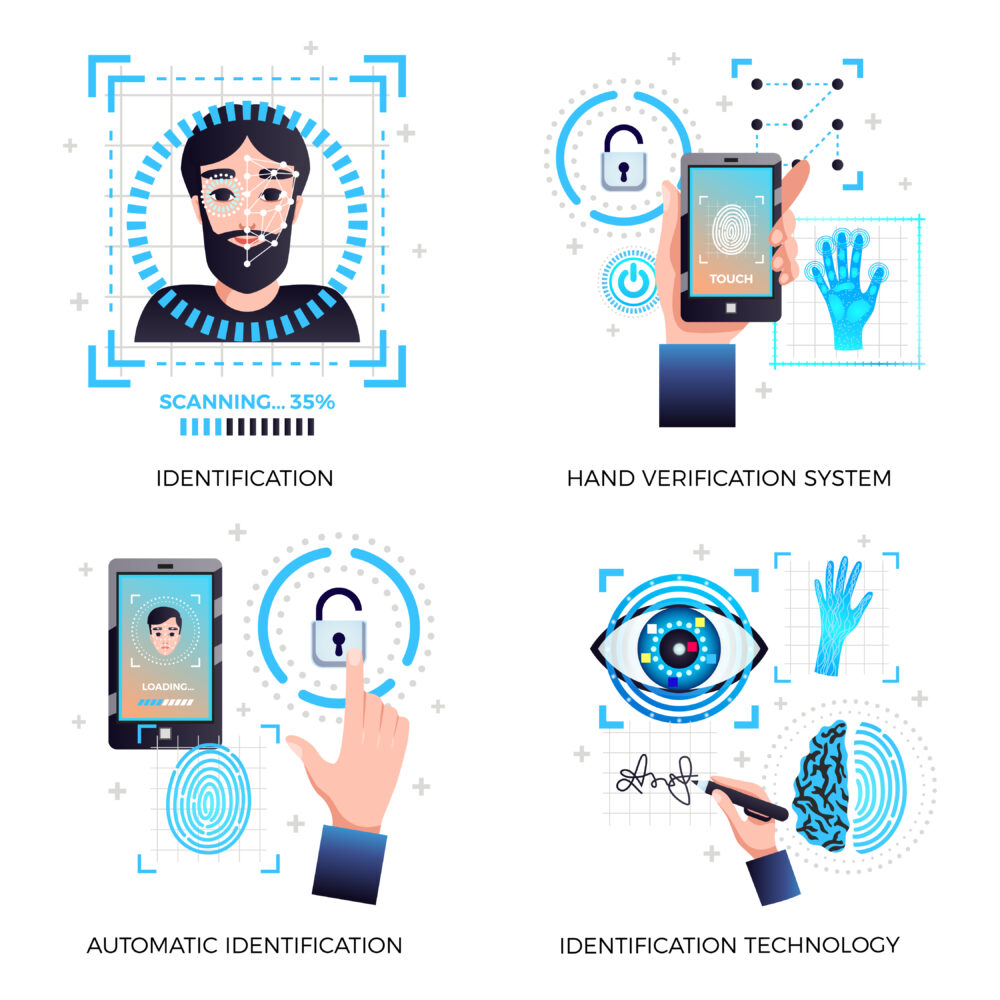From the second half of the 19th century to the early 20th century, the value of a company was mainly assessed by its tangible assets, such as machinery, factories, equipment, lands, means of transport, … However, since the fourth technological revolution occurred, intangible assets and, specifically, intellectual properties have been considerably evaluated and even considered as a core element for determining the market value of the company who owns such assets. According to the result of a research conducted by Ocean Tomo (published on April 2016), in 1975, intangible assets comprised only 17% of the total market value of S&P 500 undertakings, but it increased up to 81% in 2009 – which evidently reveals the role and the importance of such intangible assets to a company’s value. Despite the fact, there are numerous Vietnamese companies do not take their intellectual properties into serious consideration and productively utilize as well as exploit the benefits from these products which they have invested mind.
Although Vietnamese law in general and laws on company and IP in particular have provided a mechanism under which the IP owners may effectively utilize their IP’s value and raise their company’s market value, the practical implementation of such mechanism remains difficult.
Pursuant to Clause 1 Article 35 of Enterprise Law 2014, assets that may be used as a capital contribution (either for the establishment of a company or for raising its capital), includes:
- Vietnam Dong, any convertible foreign currency, gold;
- Values of the rights to use lands, to intellectual properties, technology, practical methods, other assets that can be priced in Vietnam Dong;
– Accordingly, IP rights prescribed under the IP law consist of copyrights, rights related to copyrights, industrial property rights (trademarks, commercial names, industrial designs, inventions, utility solutions, designs of semi-conducting closed circuits, …), rights to plant varieties and other IP rights as stipulated under the IP law.
(Clause 1 Article 4 Intellectual Property Law 2005 amended and complemented in 2009, 2019).
Intangible assets may include data, information, knowledge, practical methods, technology, internal regulation, the process of manufacturing/business/operation, innovations…, which may be granted protection as intellectual properties if they fulfilled legal conditions.
– Regarding technology, practical methods and, other assets and technical objects are permitted to be assigned under the law on technology transfer including Technical know-how and technological know-how; Technology plans or processes; Engineering solutions, parameters, drawings or diagrams; Formula, computer software and database; Solutions for rationalization of production and technology innovation; Accompanying machinery and/or equipment of transferable technologies mentioned above.
Besides, in case the above transferable technologies are granted protection as intellectual properties, the procedure for granting such protection shall be applied as the regulations of IP law (mentioned above) (Article 4 Law on Technology Transfer 2017).
Thus, to contribute intangible assets into the company’s capital, the following conditions need fulfilling:
- Only the individual or organization who is the lawful owner of intellectual property rights can use these assets to contribute. In other words, only the person whose name is written on the protection certificate or who is legally assigned the intellectual properties has the right to use IP rights to contribute.
- Contributed assets other than VND, convertible foreign currencies, gold, must be assessed by members/general partners, founding shareholders, or professional valuation organizations, and expressed in VND. (Article 37 Law on Enterprise).
As analyzed, using intellectual properties/intangible assets to contribute/raise capital is completely lawful under the law. However, in addition to procedures such as assessing contributed assets, transferring ownership, a company shall register the contribution/raise of capital by using intellectual properties at the department of planning and investment where its head office is located.
Besides the lack of awareness of the regulations on and use of intangible assets, the implementation of complex procedures is also a reason for the inflexible use and exploitation of such assets of Vietnamese companies, which results in the ineffective exploitation of commercial values.
As a matter of fact, during the registering process of establishing a company/raising its capital, most of the department of planning and investment hold a common opinion that using technical know-how, technological know-how, plans, processes,…without appropriate protection certificate granted for shall be considered as being ineligible for the contribution. While, application for being granted protection for IP rights, depending on each specific case, may last over 12 months (or more in normal pratice) without certainty that a certificate will be eventually granted.
If you have any questions or require any additional information, please contact Apolat Legal – An International Law Firm in Viet Nam.
This article is for general information only and is not a substitute for legal advice.





































